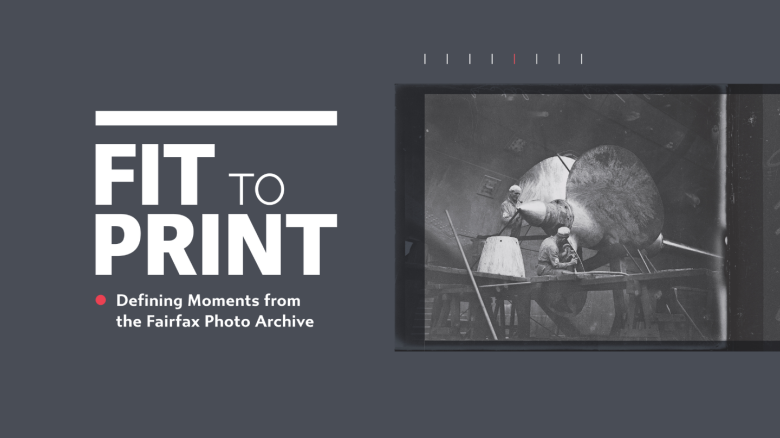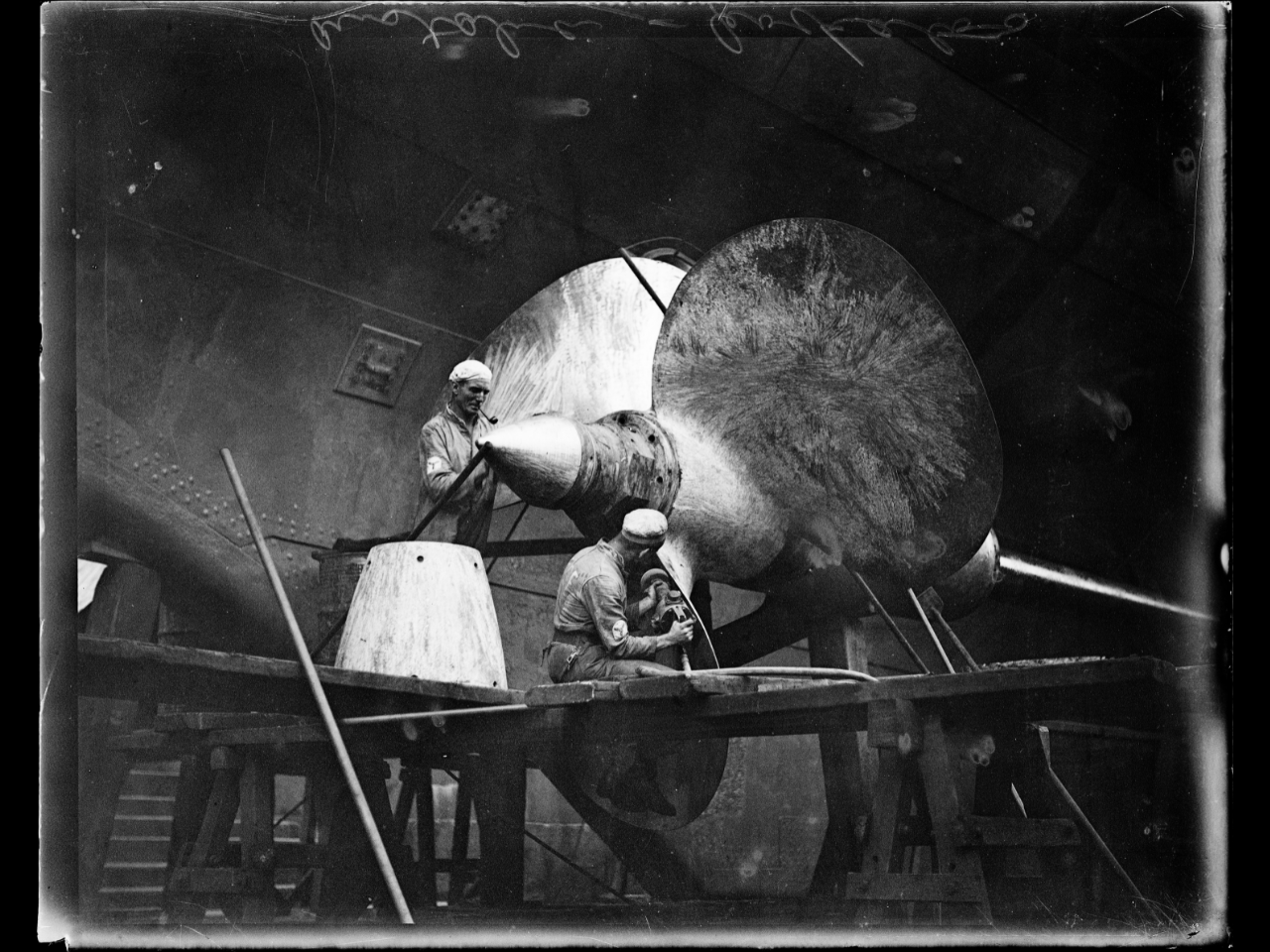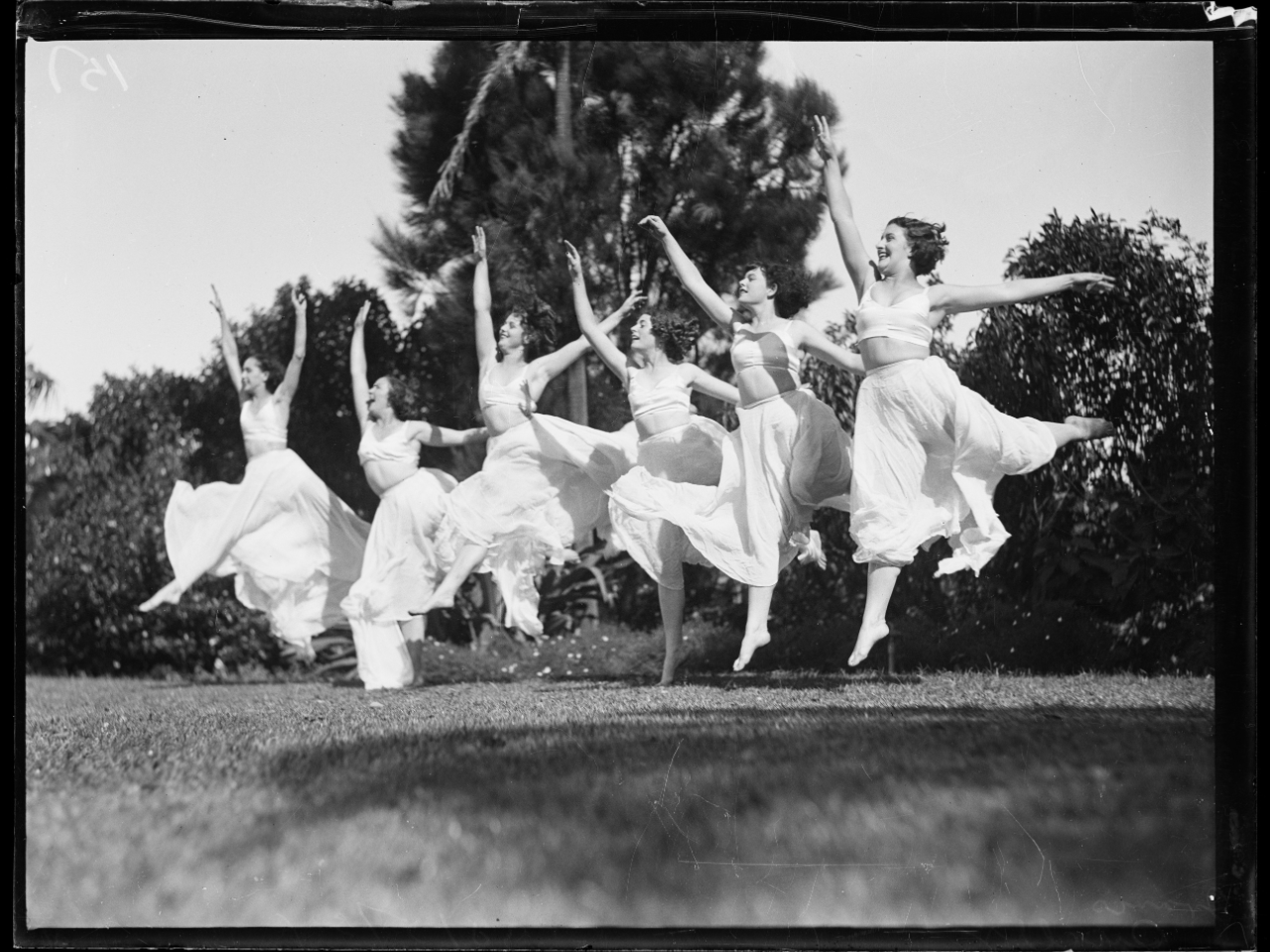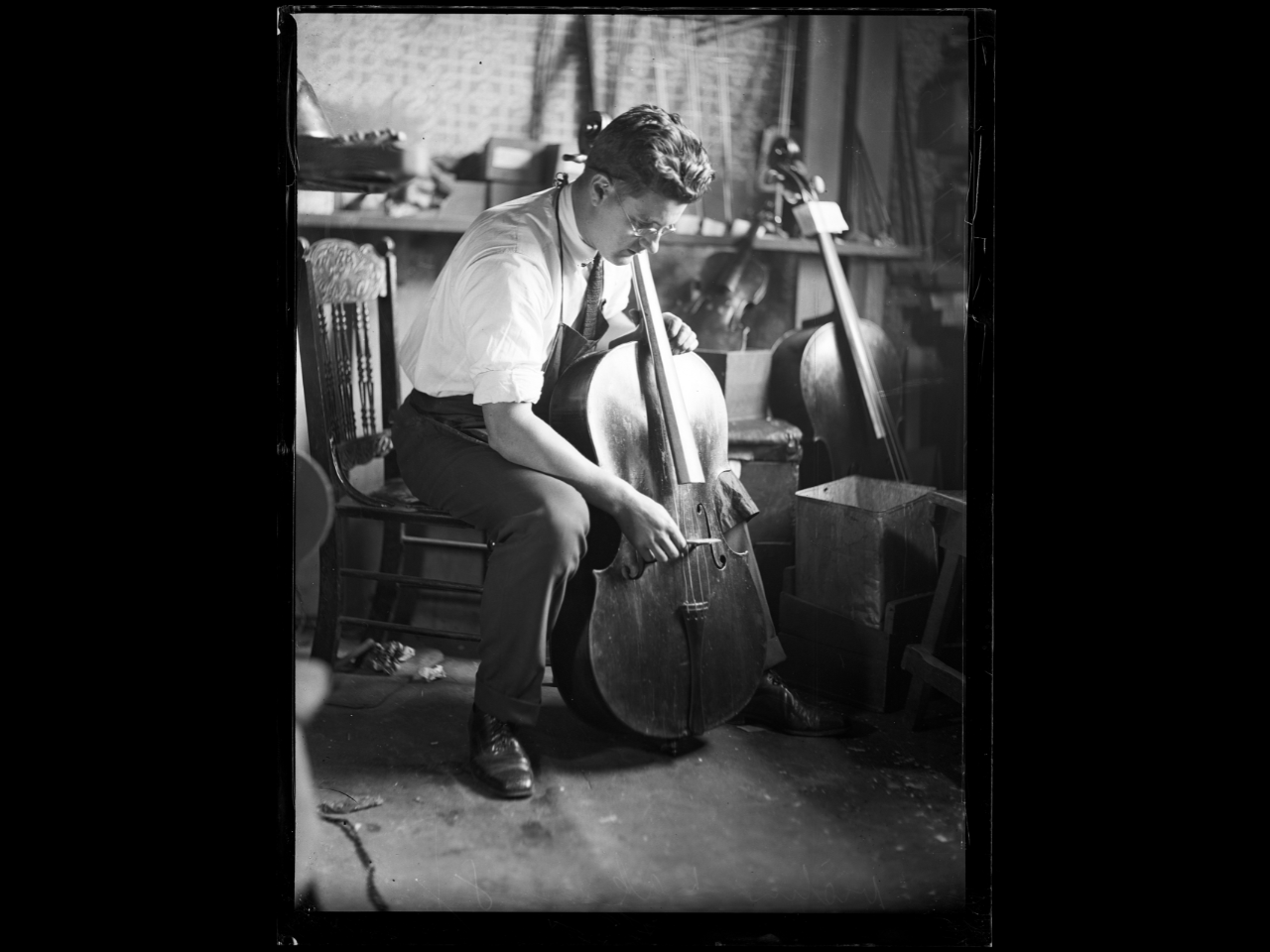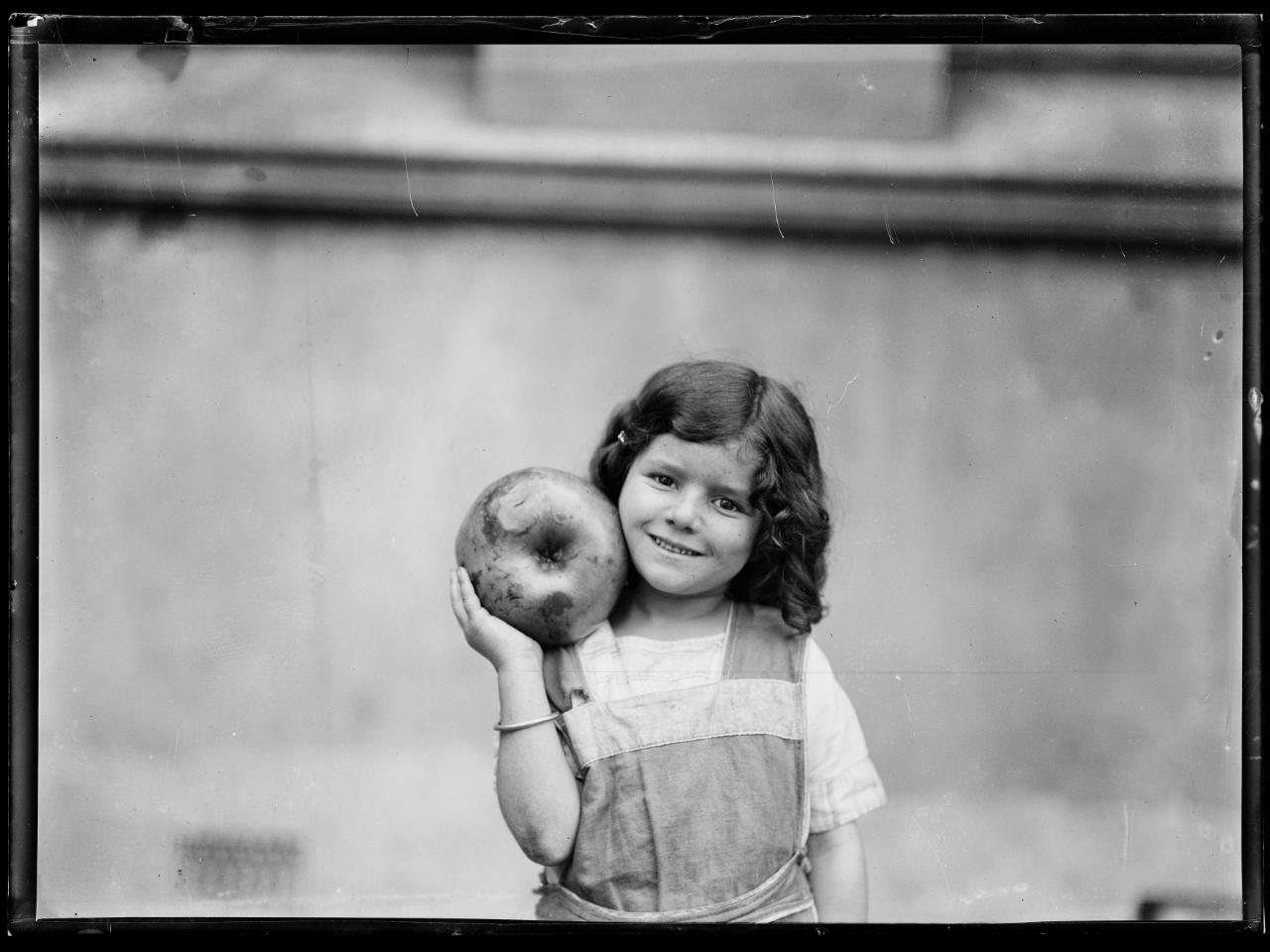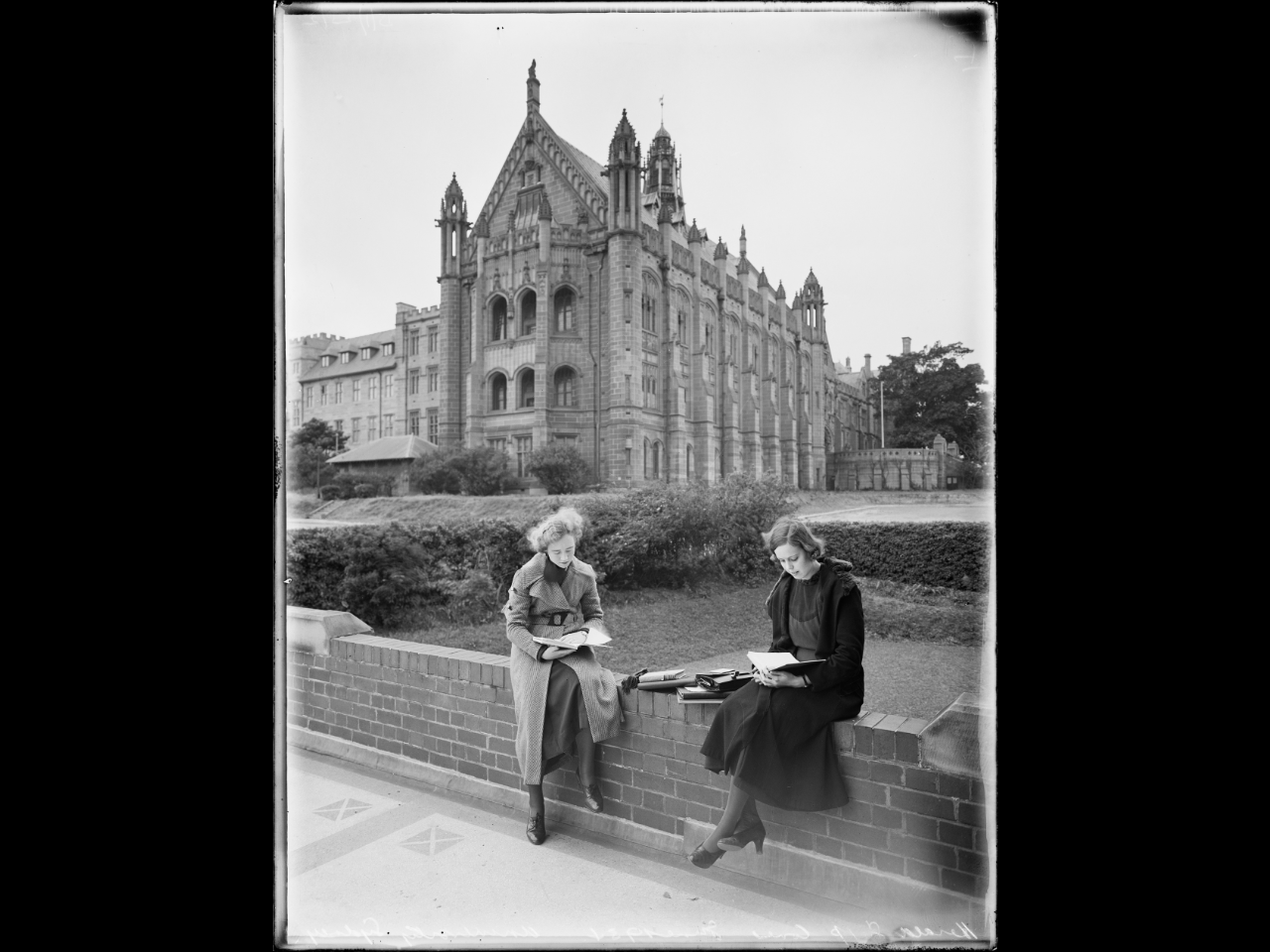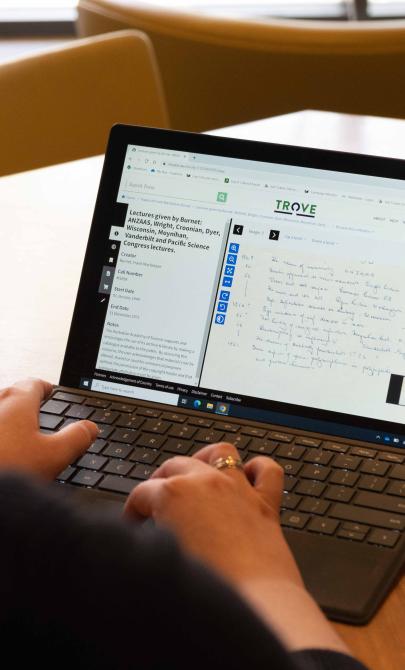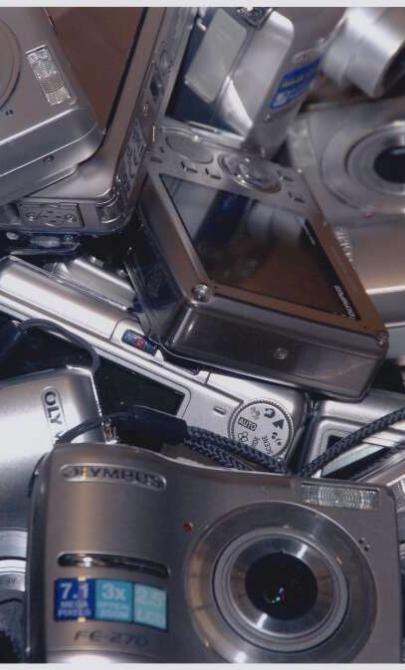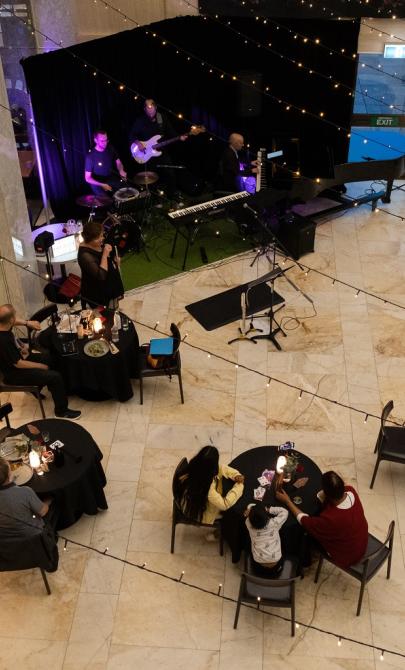Fit to Print: Defining Moments from the Fairfax Photo Archive selected by Mike Bowers
The Library holds more than 18,000 photographs in the Fairfax Archive of glass-plate negatives. Published in newspapers such as The Sydney Morning Herald, The Sun and The Sydney Mail between 1890 and 1948, these images trace the art of photojournalism from its infancy, through the development of visual storytelling, to the highly illustrated news stories we know so well today.
At its very best photojournalism can define a moment, a movement, an era, or even a whole generation. It can bring down a careless politician or elevate them to a winning position. It can lift a weary spirit. And sometimes it can move opinions and change the way we view the world.
Exhibition highlights
Glass plate photography
Fit to Print: Glass plate photography
Jack McLain: A glass plate photograph is one that's made from a glass plate negative. And basically what you did was you took a sheet of glass, coated it with a light sensitive material, dried that out, and that served as the negative that went into the back of the camera. And from that prints were made.
Hi, I'm Jack McLain. I'm a photographer, and I specialise in historical photographic processes. Things like wet plate collodion, dry plate gelatin photographs, and printing like cyanotype, calotype and salt printing. Forms of photography that would have been practiced from about 1851 through maybe the early 20s.
The process to taking and developing a dry plate photograph is a lot of work. It's not your iPhone, I'll tell you that.
So first you had to have some glass dry plates which have been coated. It’s seal box here back from back in the day. And these are light sensitive. So under darkened or red light conditions you loaded one of those into a film holder like this. This slides into the back of a large format camera like so. And then you remove the dark slide, you set up your exposure, you make that exposure. Take this back out, go to the darkroom, and then it's a matter of the standard chemical processes that are very similar to the same processes that we use today to develop film.
Some of the biggest challenges to this photographic process are the time that's involved. It's very slow. We saw that today when we were working with Mike Bowers, the curator for this show, that in order to set up a shot to move everything where it's got to be, it's a real ballet that has to be choreographed.
And when the sun's moving and changing and the conditions are changing constantly, your exposures are changing constantly. So you're having to not just set it up and be ready. Then when you are ready, you have to check everything one last time. So it's a very time consuming and technically detailed process.
They had to have a camera kind of like this. They had to have a large format camera of some sort. This is a small four by five could go up to eight by ten. You had to have a camera that was as big as the plates you were making. So if you were making giant plates, you had to have a giant camera. So that's one thing.
A tripod was incredibly helpful, if not necessary. We saw today when we were making images that we were exposing for two, three, four seconds. No human being can hold this device completely still. So a camera, a tripod, and then good chemistry and good good exposure.
We have the advantage of modern light meters that are very accurate. And a lot of those early photographers would have been, they just would have done it so much, that they would have been able to nail their exposures just by looking at the conditions, looking at the subject and saying, yep, I need these settings. And off they went.
What is it about this process that makes photographers, even today, attracted to it and still employ this process? One of the advantages of it is just the resolution, the amount of detail that you get in images that are of this size, because the size of the negatives matters when you're making prints, when you're doing, when you're working from a four by five negative or, you know, we made some eight by ten negatives today. When you're working from those, you can print those literally as big as a side of a house, and they're still just as detailed. So that's why a lot of people make that choice today still.
Visit us
Find our opening times, get directions, join a tour, or dine and shop with us.
